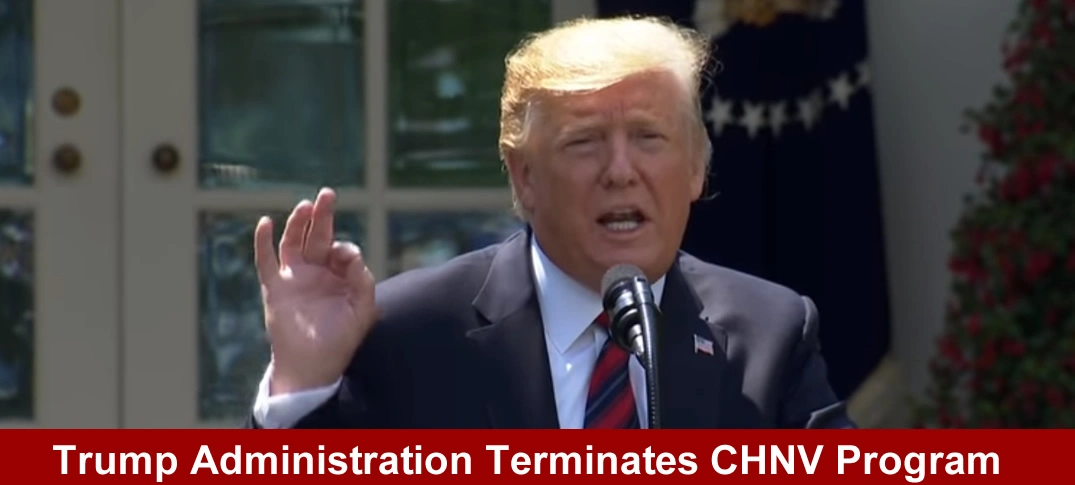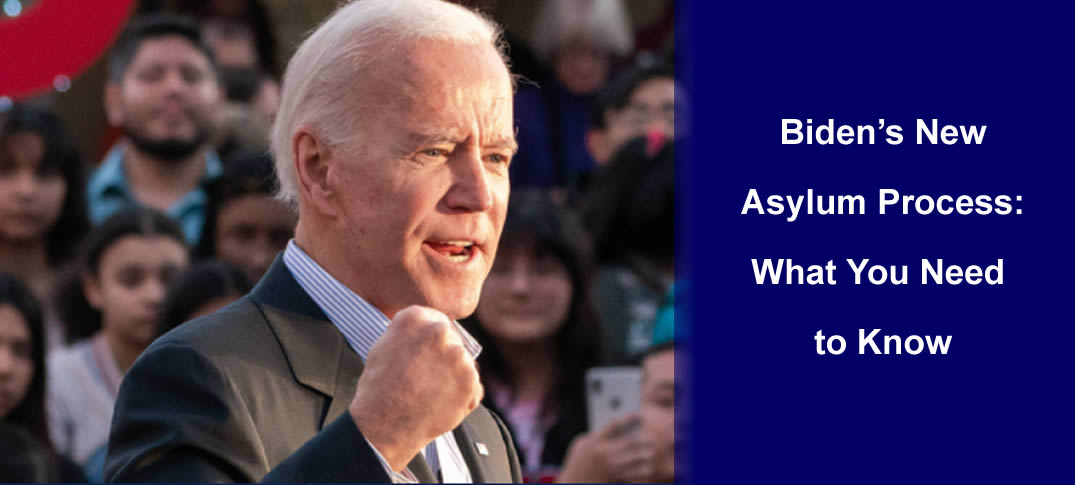By Dara Lind www.immigrationimpact.com/
On March 25, the Department of Homeland Security announced in the Federal Register that it was revoking humanitarian parole for hundreds of thousands of immigrants living in the U.S. legally under the Cuban, Haitian, Nicaraguan, and Venezuelan parole program (CHNV) . In early April, parolees started receiving individual letters notifying them that their permission to stay in the United States and work legally was being rescinded prematurely – before the end of the two-year period of stay they’d initially been authorized for. As of April 24, all remaining grants of parole under CHNV will become invalid; anyone who had work permits thanks to that parole will lose those, too.
The Trump administration has shown hostility to most of the parole programs created or expanded by former President Joe Biden, as a way to expand the available legal pathways for people seeking to come to the United States instead of incentivizing them to migrate irregularly. But the CHNV program has come in for particular criticism, especially after the Biden administration paused adjudication of parole requests for a few weeks last summer to investigate allegations of fraud in the program.
More information https://inmigracionyvisas.com/a6291-Trump-Administration-Terminates-CHNV-Program.html















